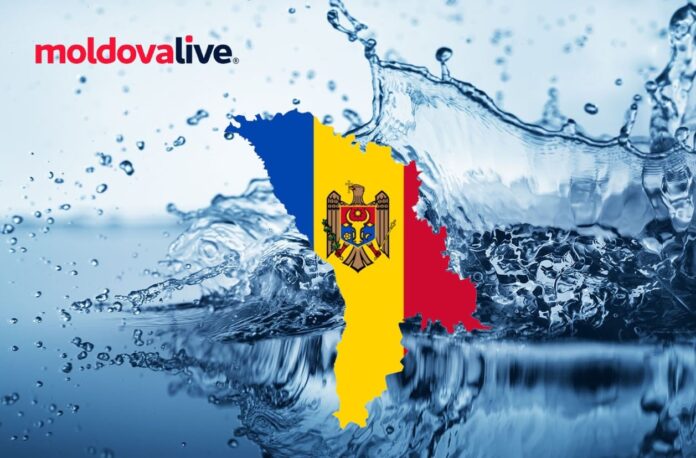The Republic of Moldova remains in a water risk zone, with only 500 cubic meters of drinking water available per person annually, half the international standard of 1,000 cubic meters. Prime Minister Dorin Recean raised the alarm during a recent parliamentary session, emphasizing that even current needs cannot be met with the existing resources.
“We don’t have enough drinking water in Moldova,” said Recean. “We’ve established partnerships and are working on concrete projects to bring water from the Carpathians. It means we’ve already crossed the Prut River and started implementation in certain districts of western Moldova. It’s one of the most affordable solutions available.”
He also stressed the urgent need to conserve and harness water that flows unused into the Black Sea via the Nistru and Prut rivers. “We must intensify efforts to clean ponds, reservoirs, and canals to capture every drop of water. This water will later support the agricultural sector,” the Prime Minister stated, the IPN reports.
FOR THE MOST IMPORTANT NEWS, FOLLOW US ON TWITTER!
Public health experts have repeatedly warned about the dangers of microbially and chemically contaminated water, which continues to pose major health risks. Industrial and agricultural activities—especially the growing use of pesticides and chemical fertilizers—remain key contributors to water pollution.
According to the National Public Health Agency, over 75% of wells contain contaminated water. The situation is especially dire in several districts, including Rezina, Calarasi, Causeni, Stefan Voda, and Basarabeasca, where over 90% of water sources fail to meet sanitary standards.
Despite these challenges, access to drinking water supplied through public systems has improved. In 2023, approximately 63% of Moldovan localities were connected to public water supply networks—an increase of 13% compared to 2018. Still, significant work lies ahead to ensure clean, safe water.



